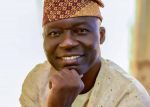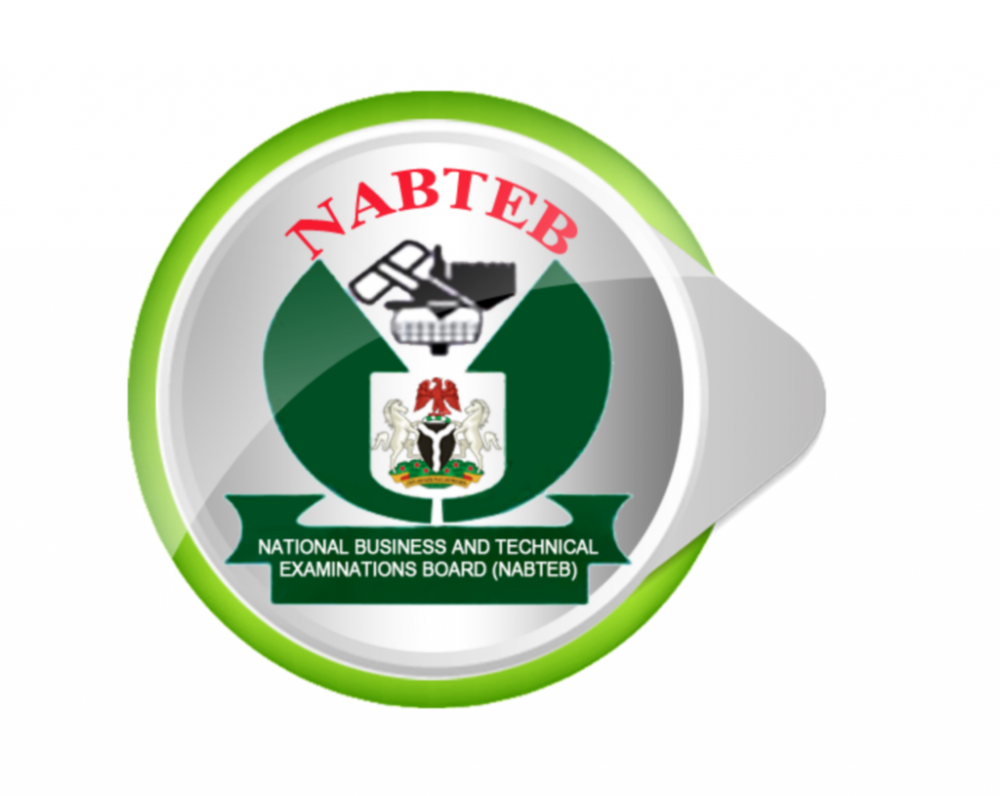Following the passing of the Owa Obokun of Ijesaland, Oba Adekunle Aromolaran, on Wednesday, September 11, 2024, at the age of 86, the process for selecting his successor has become the primary focus for the people of Ijesaland.
Oba Aromolaran, who served for 42 years, left behind a monumental legacy, and his passing marks the end of an era. As tradition dictates, the kingmakers of Ijesaland are now tasked with selecting the next Owa Obokun to continue this legacy.
The process of selecting the next Owa Obokun will follow a well-established traditional system, governed by a rotation among the ruling houses and decisions made by the Afọbajẹ, the kingmakers of Ijesaland. This process, deeply rooted in Ijesa customs, is designed to ensure fairness and uphold the cultural heritage of the land.
The Role of Afọbajẹ in the Selection Process
The Afọbajẹ, the kingmakers of Ijesaland, play a central role in the emergence of the next Owa Obokun. The council is composed of 13 high-ranking chiefs and traditional rulers, who are responsible for overseeing the entire selection process and ultimately deciding who will ascend to the throne.
The Afọbajẹ kingmakers are divided into three distinct groups, each with specific roles:
1. The Agbanla (or Agba Ijesa) Council – This group consists of six prominent chiefs:
a. Ọbaala of Ilesa
b. Ogboni of Ipole
c. Ogboni of Ijebu Jesa
d. Ogboni of Ibokun
e. Ogboni of Ilesa
f. Obaodo of Ilesa (The Chief Scribe of Ijesaland)
2. The Ààrẹ Council – This group consists of four influential chiefs:
a. Ọdole of Ilesa
b. Risawe of Ilesa
c. Saloro of Ilesa
d. Arapate of Ilesa
3. The Ẹlęgbę – Traditionally regarded as military commanders, this group includes:
a. Lejoka of Ilesa
b. Loro of Ilesa
c. Lejofi of Ilesa
Together, these 13 kingmakers will deliberate and guide the process of selecting the next monarch, considering the candidates presented by the ruling house whose turn it is to produce the next Owa Obokun.
Rotation Among the Four Ruling Houses
In Ijesaland, the ascension to the throne of the Owa Obokun is done on a rotational basis among four ruling houses. This rotational system ensures that each family has an opportunity to produce a king, promoting fairness and preventing conflicts over succession.
The four ruling houses are as follows:
1. Bilayi Arere Ruling House – This is the ruling house of the recently deceased Owa Obokun, Oba Adekunle Aromolaran. This house includes the Aromolaran and Bẹpo families.
2. Bilaro Ruling House – The next in line to produce the Owa Obokun. This ruling house is expected to present candidates for the throne. The Haastrup family belongs to this house, along with other prominent families.
3. Biladu Ruling House – This house will take its turn after Bilaro, and it includes families such as the Ogunmokun family.
4. Bilagbayo Ruling House – After Biladu, Bilagbayo will produce the next Owa Obokun. This house includes the Atayerọ, Agunlejika, and Lufadeju families.
READ:
Oba Adekunle Aromolaran: Biography, Age, Family, Net Worth, Contributions
Why Owa Obokun Banned Trade Unions In Ijesaland
Since the late Oba Aromolaran hailed from the Bilayi Arere ruling house, it is now the turn of the Bilaro (Òro Ajímọkọ) Ruling House to produce the next king. This means that candidates will come from families within the Bilaro house, including the notable Haastrup family.
The Process of Selection
Once the ruling house has been identified, the next step in the process involves the submission of candidates from the family. Traditionally, eligible princes (sons of the royal lineage) will be presented to the kingmakers by the ruling house. The candidates are then vetted by the Afọbajẹ council, which considers factors such as the character, experience, and leadership qualities of each nominee.
During this vetting process, the kingmakers may consult with community elders, spiritual leaders, and other stakeholders within Ijesaland to ensure that the chosen candidate will not only honor the throne but also bring peace, development, and progress to the land.
The Final Decision
Once the Afọbajẹ have completed their consultations and deliberations, they will make their final decision, selecting the most suitable candidate to become the next Owa Obokun of Ijesaland. The decision is usually reached through a consensus, though in rare cases, voting may occur among the kingmakers if there is no clear agreement.
After the selection, the chosen candidate will undergo traditional rites and rituals to formally ascend to the throne. These ceremonies are steeped in the cultural and spiritual traditions of the Ijesa people and serve to legitimize the new king’s reign.
A New Era for Ijesaland
As Ijesaland prepares for the emergence of a new king, the people are hopeful that the next Owa Obokun will bring development, unity, and prosperity to the land. The late Oba Adekunle Aromolaran’s 42-year reign was marked by significant progress, and the people are looking forward to a successor who will build on this legacy.
The process, while deeply rooted in tradition, is seen as a bridge between the past and the future, ensuring that Ijesaland remains a beacon of culture and progress within the Yoruba race and Nigeria as a whole.











